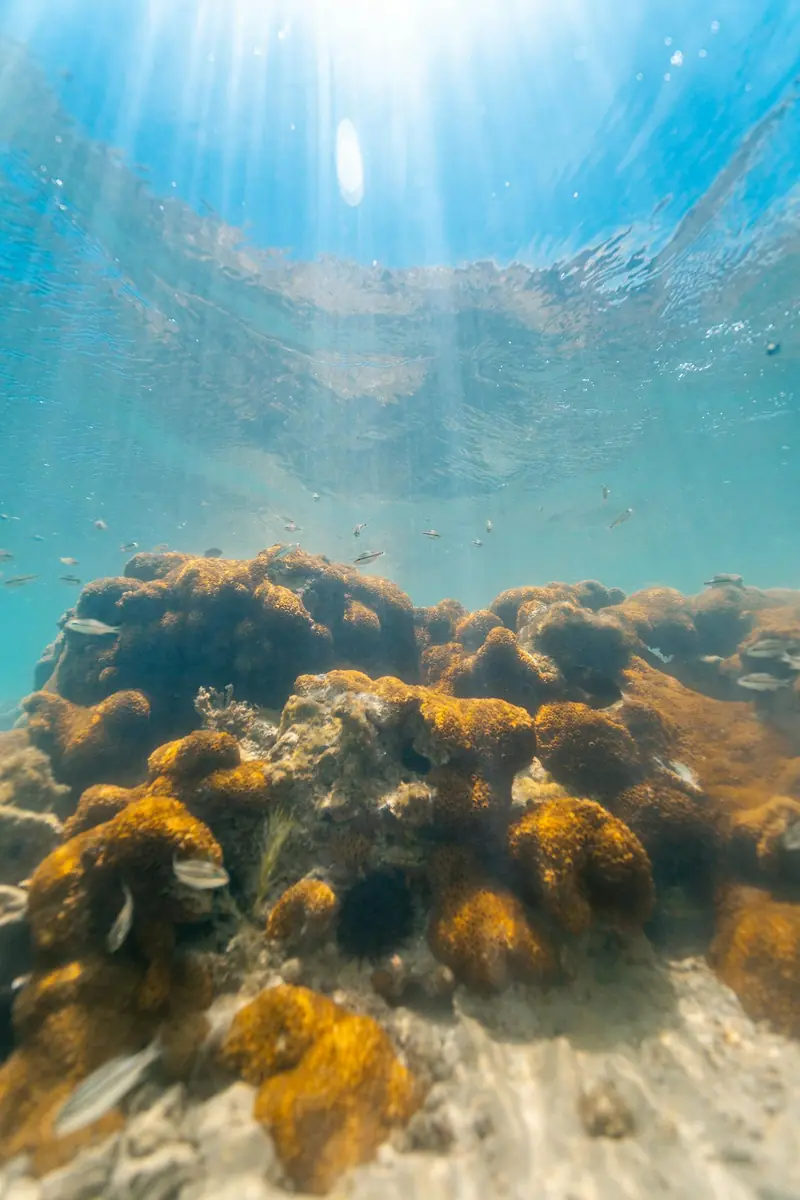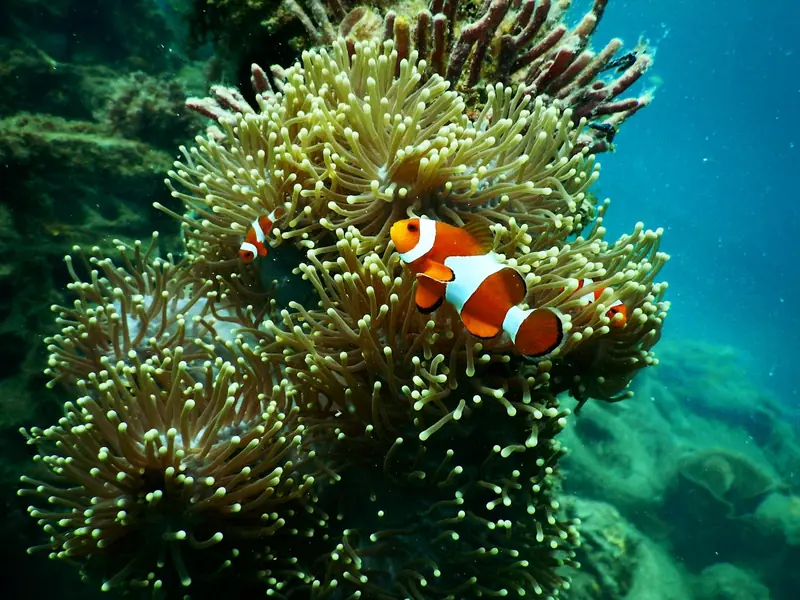This discovery brings hope for the survival of reefs that have faced serious threats in recent years. Heat-resistant corals could help them withstand the thermal stress caused by the climate crisis. The Great Barrier Reef is the largest coral reef in the world, located in the Pacific Ocean off the northeastern coast of Australia. Stretching over 2,500 kilometers, it covers an area of approximately 344,400 square kilometers. This massive living structure is so large that it can be seen from space.
A team of marine archaeologists from Southern Cross University and the Australian Institute of Marine Science, led by Melissa Nogl, a reef ecology expert, has discovered that some corals possess a greater ability to resist bleaching. Bleaching is a condition where corals lose their vibrant colors and become at risk of dying due to thermal stress. Such stresses have become more frequent and prolonged in the context of the climate crisis, as reported by the Independent.

What the Scientists Found
Overall, the researchers tested over 500 colonies of the classic table coral Acropora hyacinthus from 17 different locations across the Great Barrier Reef. (These corals are called “table” corals due to their characteristic shape, forming “tables” that can be several meters in diameter.) Using a portable experimental setup, the scientists measured the heat resistance of coral colonies directly on the reefs. They specifically observed how different corals reacted to stress caused by rising temperatures. “We found heat-resistant corals on nearly all the reefs we studied; this means that corals throughout the Great Barrier Reef could play a key role in its protection and recovery,” noted Melissa Nogl.
The identification of heat-resistant corals is significant for restoration programs. One concept within these programs involves selective breeding, where corals with the highest resistance to warming waters are bred to produce offspring with even greater resilience. This method could accelerate the adaptation of corals to climate change. “Selective breeding can speed up coral adaptation by producing offspring that are better suited to warmer waters,” said Dr. Emily Havells, a co-author of the study. She emphasized that the effectiveness of this approach depends on how much heat resistance is linked to genes that can be passed on to future generations. The most heat-resistant corals identified in the study will now be used in selective breeding experiments as part of the RRAP. This large-scale initiative aims to protect and restore the Great Barrier Reef.

Reducing Greenhouse Gas Emissions is Key to Reef Survival
While the discovery of heat-resistant corals opens up promising avenues, scientists stressed that it cannot significantly impact the process of global warming, let alone reverse it. The Great Barrier Reef has suffered severely from a series of mass bleaching events. Meanwhile, the rise in global temperatures continues to pose a serious threat to the ecology of the world’s oceans and the planet as a whole. Coral bleaching is becoming increasingly frequent and severe, and many experts fear that if global temperatures rise more than 1.5 °C, a significant portion of coral reefs worldwide could be destroyed.
“This work shows that heat-resistant corals could be the focus of large-scale restoration and conservation efforts; they will help protect this critically important ecosystem from rising ocean temperatures,” emphasized Dr. Cedric Robillot, executive director of the reef restoration and adaptation program. Ms. Nogl and her colleagues are convinced that the most crucial factor for the survival of coral reefs remains the reduction of greenhouse gas emissions. “While restoration initiatives like selective breeding can strengthen coral populations, reducing greenhouse gas emissions is the most important thing we can do to ensure the best future for the reefs,” she stated.

